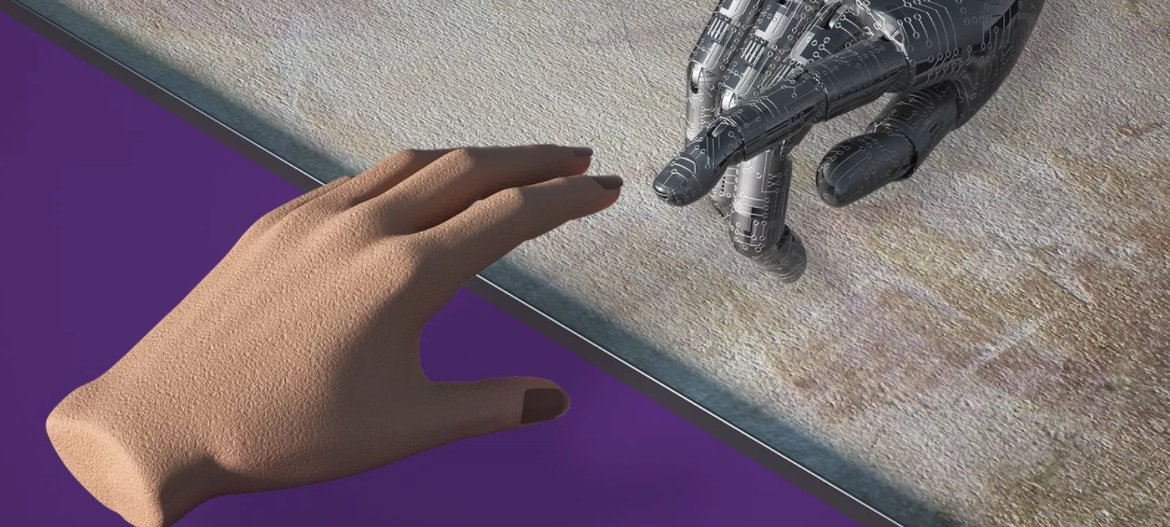Vertical video and native ads with artificial intelligence would have sounded like science fiction only five years ago. Today, they’re both part of Quartz’s latest project.
On Tuesday, the digital business news site launched an ambitious new project in its Machines with Brains “obsession,” a content vertical focusing on the development and application of AI. While very much in keeping with Quartz’s brand, the package — which centers around human stories related to the progression of AI — is a first for the publisher.
“This is really our most ambitious special project to date,” said Lauren Brown, special projects editor. “This is the first major collaboration between the typical newsroom and the video team and product.”
That’s because the project, also titled “Machines with Brains” and an outgrowth of the original vertical, incorporates the first-to-market use of scan-scene vertical video. An homage to ephemeral messaging platforms such as Snapchat, the interactive videos in the project are optimized for mobile, complete with swiping capability, a panning, parallax effect that activates depending on the position of a user’s phone and autoplay with closed captioning and mute.
In short, Quartz is bringing its signature mobile-first production strategy to its long-form journalism.
“It’s supposed to allow the reader to heavily engage and interact with all parts to the story,” Brown said. “We want to use the method of storytelling that is going to capture the story best and make the most sense to our readers.”
The vertical videos, which don’t actually fill the entire screen of a user’s phone, are part of a 13-story series about what it means to be human in an increasingly digital world. From Wisconsin to Hong Kong, Quartz reporters created text, illustrations, photos and videos about everything from how algorithms could change cancer treatment to a robot that looks just like Scarlett Johansson. On the project page, users can swipe between story cards for a social media-style, mobile-first reading.
In one story, an amputee has spent years training with the most advanced robotic arm in the world, and is about to take it home as part of an unprecedented experiment. Solana Pyne, executive producer for Quartz video, said reporters worked collaboratively to ensure the story was published in a multimedia, mobile-optimized way.
https://www.youtube.com/watch?v=OoSK4BiwTw0
“It was really creating a narrative with text, video and images and thinking about the ways in which the story would best be told,” she said.
Quartz’s interest in AI doesn’t stop at its news coverage. “Machines with Brains” launch partner Hewlett Packard Enterprise, a Silicon Valley-based information technology company, debuted a chatbot called Hugo in its native advertising on the platform. Quartz’s back-end will analyze a story and display a relevant ad about the content, then prompting Hugo to start a conversation with readers about the topic, according to Adweek.
The entire project, which is in part inspired by the Quartz Index — a content vertical about the changing global economy — took substantial work on the back end. The news site’s product team built a few things from scratch, including a new video player based on Quartz’s existing native technology to support horizontally tilted video and subtitles.
“This was a pretty interesting challenge,” said Kevin Kim, product manager at Quartz. “Normally, the product team thinks about users and readers as the main audience. In this case, the readers aren’t the only audience we have to think about.”
Kim said designing the back end of “Machines with Brains” to be accessible for reporters working on the project was an important goal for the product team. Indeed, one of the key things Quartz learned when creating the project was that it takes a village to produce high-quality, multimedia content.
Correction: An earlier version of this story mentioned an amputee that spent a year with a robotic arm. That experiment went on for years, not just one year. It has been corrected.







